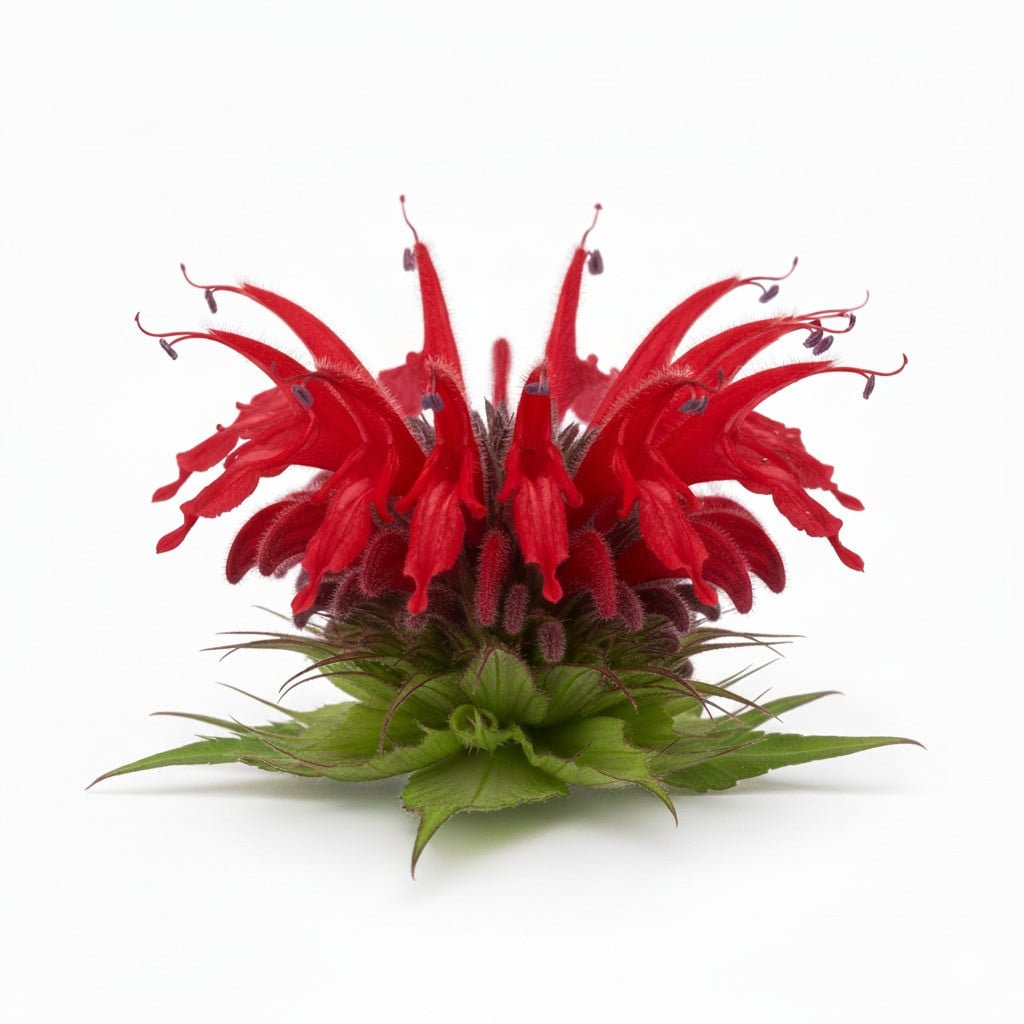Monard, Indian nettle, golden balm

Monard, Indian nettle, golden balm
Monarda
Plant family
Mint family (Lamiaceae)
Season Overview
Propagating
Planting
Harvest
Harvest
J
F
M
A
M
J
J
A
S
O
N
D
1ST YEAR
FOLLOWING YEARS
Details
Light requirement
Semi-shaded
Water requirement
Moist
Soil
Medium (loamy)
Nutrient requirement
Medium
Plant distance
40 cm
Row spacing
40 cm
Seeding depth
0.5 cm
Instructions
Description
Indian nettle, bergamot, golden balm, bee balm or - based on the botanical name - monarda: the species of the genus Monarda have many names in Germany. The most common is the German name Indian nettle, because the species, which originates from North America, was used as a medicinal plant by the Indians long before it was introduced as an ornamental plant. The herb, which belongs to the Lamiaceae family, got its German name from its nettle-like, aromatically fragrant leaves, which the Oswego Indians used to make a tea against colds. The individual pink, white, purple or red flowers are arranged in dense, fringed whorls and attract many bees and other insects from June to September. Horse mint (Monarda punctata) in particular is a real bee magnet. Depending on the species and variety, the height of the monarda varies between 60 and 120 centimeters. Thanks to increasing demand, there are now a large number of species and varieties available on the market. Most of them are crosses or offspring of the North American golden balm (Monarda didyma) and the wild Indian nettle (Monarda fistulosa), which is native to Mexico and California. These two species are also suitable for making lemonade. Lemon Monarda (Monarda citriodora) also gives drinks a unique, slightly lemony flavor.
Growing tips
Indian nettles prefer well-drained, nutrient-rich, moderately moist soil. In their native habitat, Indian nettles grow in sparse woodland and on the edges of trees and shrubs, so they tolerate partial shade very well. They also do well in full sun, but the soil needs to be a little more moist. As the location requirements vary considerably, you should check the information on the label when buying. Regardless of species and variety, Indian nettles do not tolerate waterlogging. They also do not like soils that are wet in winter.
Companion Plants
Antagonistic Plants
No antagonistic plants
Diseases
Peppermint rust
Powdery mildews
Pests
Stem borers
Spider mites
Land snails
Aphids
White fly